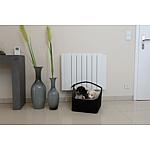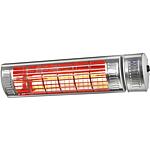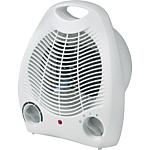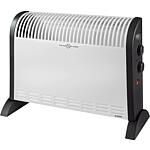0
WATCHLISTS
You must login before you can use the watchlist functions.
0
BASKET
You must login before you can use the basket functions.
Category
- New in Range
- Brand search
- Bathroom furniture
- Bath fittings
- Bathroom ceramics
- Showers
- Plumbing installation
- Shower enclosures
- Shower trays
- Bathtubs
- Kitchenware
- Draining sink and stainless steel programme
- Plumbing - replacement parts
- Dispenser systems, hand cleaning, hand dryers
- Bathroom accessories
- Bathroom mirror
- Accessible
- Radiator
- Wellness
Search
- 11000.0
- 11020.0
- 11035.0
- 1110.0
- 11167.0
- 21200.0
- 1130.0
- 1162.0
- 1170.0
- 1173.0
- 119.7
- 1195.0
- 1220.0
- 1235.0
- 1240.0
- 1250.0
- 1265.0
- 1280.0
- 1282.0
- 1285.5
- 1310.0
- 2320.0
- 2322.0
- 2340.0
- 1385.0
- 2400.0
- 1405.0
- 1430.0
- 1450.0
- 1458.0
- 1480.0
- 1510.0
- 1534.0
- 2545.0
- 2587.0
- 5592.0
- 2600.0
- 1606.0
- 1615.0
- 2620.0
- 1680.0
- 1720.0
- 1754.0
- 1759.0
- 1770.0
- 1785.0
- 1800.0
- 1825.0
- 1850.0
- 1892.0
- 1900.0
- 1902.0
- 1910.0
Electric radiator: Fast heat output, flexible use
Electric radiators provide fast heat output and can be used flexibly. All they need is a power supply. The function of electric radiators is irrespective of type and construction. All electric radiators, however, are the same in that they convert electrical energy into heat. Popular fan heaters and quick-response heaters deliver heat directly into the ambient air, whereby fans generate air flow and this is conducted through an electric heating element. Other types of electric heating deliver the heat first to a heat carrier medium, which in turn heats a radiator. This mode of operation is found, for example, in electric aluminium radiators, bathroom heaters or traditional oil-filled radiators. Infrared heating systems work solely with radiant heat. The infrared radiation is often particularly pleasant, plus this type of heating does not agitate dust.
The different types of electric heating
Electric radiators are available in various types with various functionalities. Depending on design, they can be used as mobile units, or can be installed on walls or ceilings. For example, modern infrared heating is available in various designs that can be securely mounted and are barely noticeable due to their slim profile. Depending on the construction, infrared radiant heaters can also be used outdoors as parasol heaters. Electric aluminium radiators can be firmly mounted on the wall like conventional radiators, and guarantee swift heat output. Modern convection heaters emit heat without a fan by way of convection into the ambient air. They can be mobile or fixed units, and can also be used as frost guards. Electric quick-response fan heaters, however, guarantee rapid ambient air heating. They are particularly flexible, which makes them popular in the transitional months. Traditional oil-filled radiators are still readily available.
Advantages and disadvantages of electric radiators
There are many advantages of electric heating. Electric heating can be flexibly installed at any time, independent of a central heating system, so neither a fuel supply nor an exhaust gas system, nor a chimney sweep is required. One disadvantage of electric heating, however, is the high energy consumption, combined with high prices for domestic electricity. For this reason, it is generally not worth having electric heating as the sole domestic heating system. The different types of electric heating, however, are ideal as additional heating options, particularly during the transitional months. Electric heating is ideal where no other heating can be installed, or viably installed.
Products |





